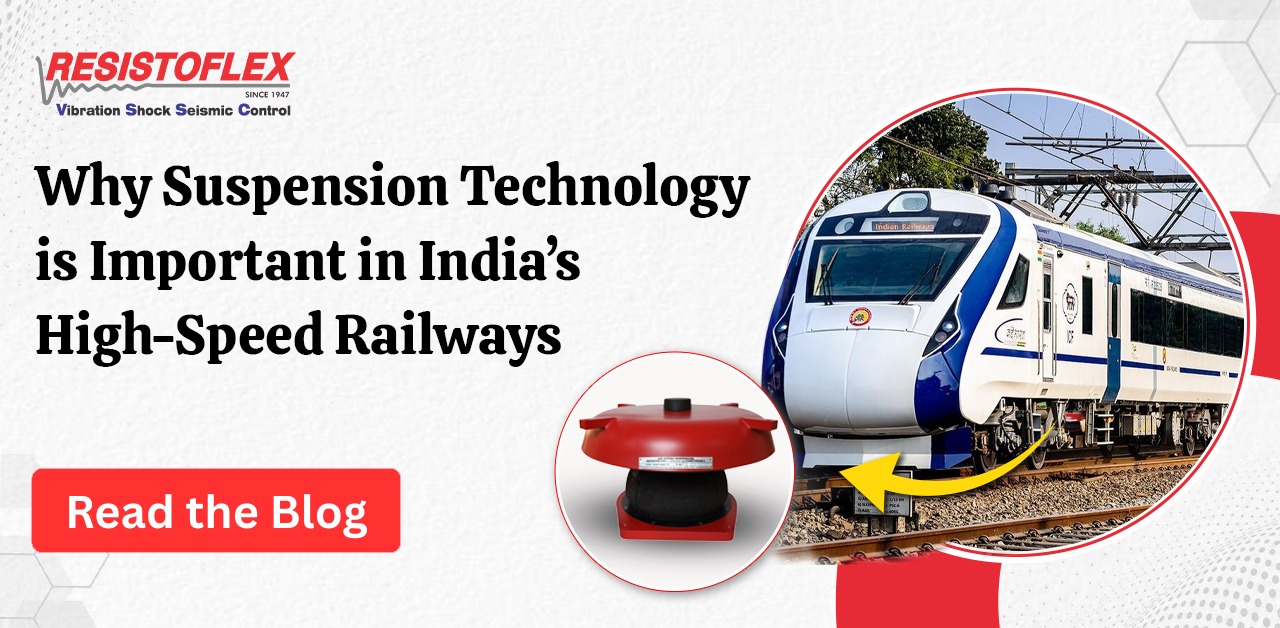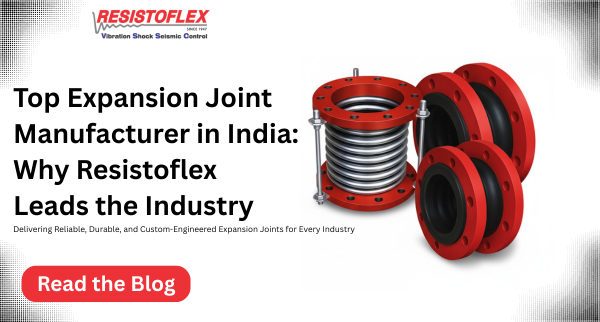India’s bullet train dream is becoming a reality — a leap that promises to redefine speed, comfort, and connectivity. But as we admire the futuristic coaches and cutting-edge tracks, one silent technology is working tirelessly beneath the surface: the suspension system.
This often-overlooked engineering marvel determines whether India’s high-speed rail network will be safe, stable, and truly “high speed.”
What Makes Suspension So Important in Trains?
Imagine a car driving over a bumpy road. You don’t feel every jolt because the suspension system absorbs shocks and keeps the ride smooth. The same principle applies to trains, though on a much more complex scale.
Modern trains use a two-level suspension system:
- Primary Suspension: Connects the wheels to the bogie, handling track-level bumps and irregularities.
- Secondary Suspension: Links the bogie to the coach, reducing swaying and stabilizing passengers during high-speed travel.
Without these systems, a train running at 300 km/h would experience unbearable vibration, instability, and discomfort. Suspension ensures that what could be a turbulent journey instead feels calm and seamless.
Why It’s Vital for High-Speed Rail
At high velocities, even minor imperfections can cause major disruptions. A small track bump that goes unnoticed at 100 km/h can feel like a shockwave at 300 km/h.
Strong, adaptive suspension systems are therefore essential for:
- Safety: Preventing derailments caused by wheel slip or imbalance.
- Comfort: Allowing passengers to relax, work, or enjoy the ride without vibration fatigue.
- Durability: Protecting wheels and tracks from excessive wear.
In short, suspension technology transforms speed into stability — making high-speed travel both possible and pleasurable.
India’s Unique Railway Challenge
Unlike Japan or France, India’s rail system faces highly diverse and extreme conditions:
- Weather Extremes: From scorching 45°C summers to monsoon floods, suspension components must perform reliably across all environments.
- Mixed Terrain: The Mumbai–Ahmedabad route crosses seismic zones, coastal plains, and urban areas — demanding adaptable suspension solutions.
- Integration Pressure: New bullet trains must coexist with India’s existing rail infrastructure, requiring systems that can handle both high-speed and conventional conditions.
This means India cannot simply copy global systems — it must custom-engineer suspension technology for local realities.
Learning from Global Pioneers
India’s engineers can draw valuable insights from the world’s best systems:
- Japan’s Shinkansen employs air spring suspension to minimize lateral motion even at 320 km/h.
- France’s TGV uses a pneumatic-hydraulic combination for consistent stability on mixed terrain.
- China’s Maglev features active suspension that adjusts in real-time through sensors and actuators.
However, each of these systems is tailored to its environment. India’s climatic diversity calls for localized innovation, where companies like Resistoflex are leading the way in developing air suspension and vibration isolation systems suited to Indian high-speed conditions.
More Than Passenger Comfor
The benefits of advanced suspension go beyond a pleasant journey:
- Reduces maintenance costs: Less stress on wheels and tracks means lower long-term expenses.
- Builds passenger confidence: A smooth, quiet ride enhances the appeal of high-speed trains over cars or flights.
- Drives industrial growth: Local manufacturing of suspension systems creates jobs and boosts India’s engineering capabilities.
- Improves national image: Successfully running high-speed rail with indigenous technology showcases India’s innovation to the world.
A Step Toward Self-Reliant Mobility
The Mumbai–Ahmedabad bullet train is just the beginning. Future lines like Delhi–Varanasi and Mumbai–Nagpur will follow. The key is ensuring that India’s suspension technology evolves alongside these projects.
With the right partnerships and innovation, India can create not just a high-speed network — but a high-reliability network, powered by homegrown solutions.
For a deeper look into how air suspension systems are shaping India’s high-speed rail journey, explore the full article here:
👉 Air Suspension for India’s High-Speed Railways
Final Thoughts
Suspension technology may not make headlines, but it’s the silent force behind every smooth ride. For India’s bullet train dream to succeed, suspension isn’t optional — it’s essential.
With innovation from leaders like Resistoflex, India has the chance to combine global expertise with local insight, ensuring its high-speed trains are not only fast but also safe, stable, and future-ready.



